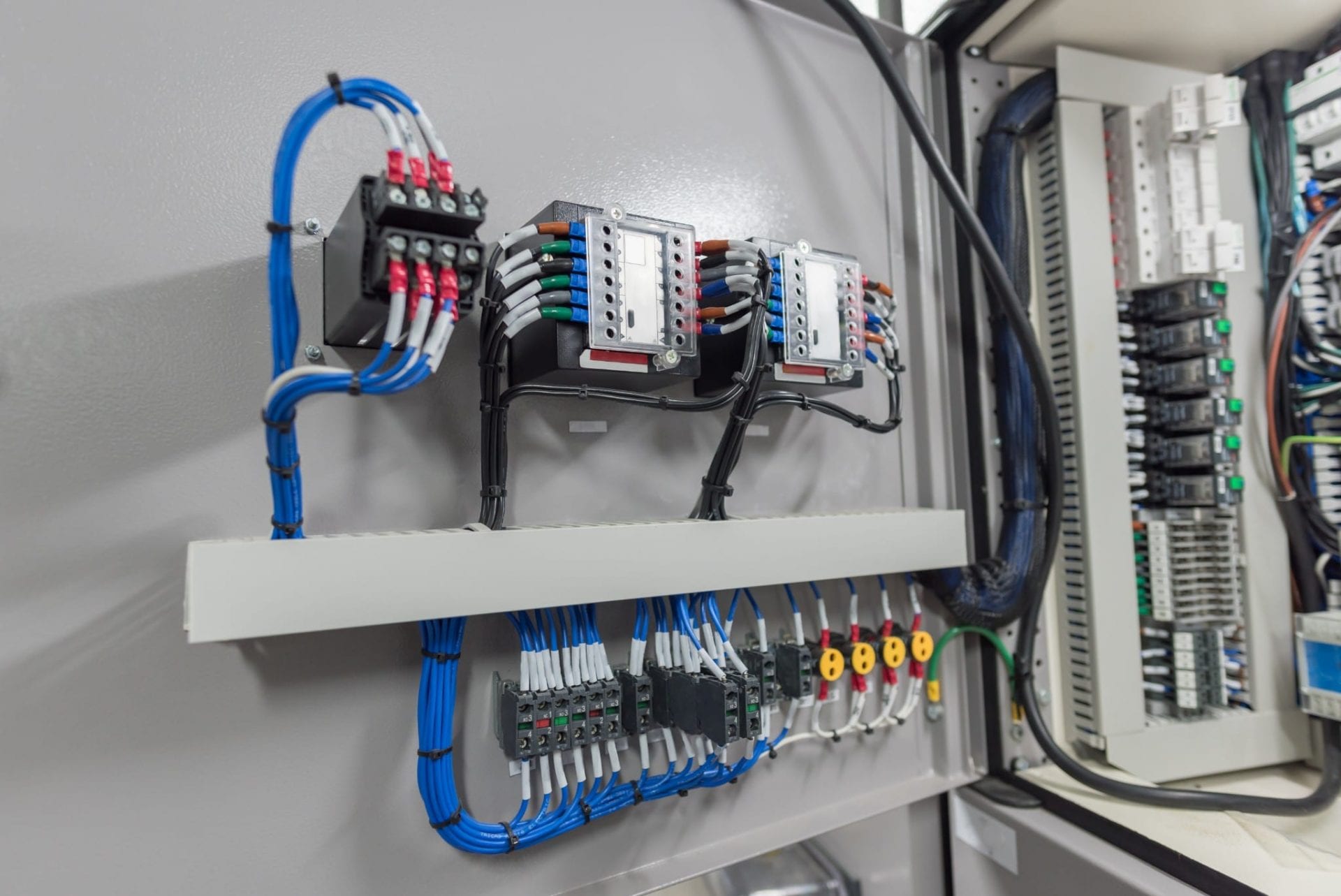A Step-by-Step Beginner's Guide to Electrical Wiring

Electrical wiring is a crucial part of any home, and knowing it is crucial for each homeowner. Not only does it help to ensure the smooth operation of your home but it’s also essential to ensure your safety. In this post, we’ll examine the fundamentals of electrical wiring, the importance of safety and the advantages of employing an accredited residential electrician to handle all of your electrical wiring requirements.
Understanding Electrical Wiring Basics
The electrical wiring refers to the network of electrical conductors that runs throughout your home, providing electricity to your appliances or devices as well as lighting fixtures. It works by forming electrical circuits which connect your sources of power to your devices. Circuits for electrical power are comprised of wires, switches, and other electrical components that work to form a secure and functional electrical system. There are many kinds of electrical wiring, including aluminum, copper, as well as types of wire insulation such as PVC paper, rubber, or.
Preparation and Planning for Electrical Wiring
When installing an electrical wire, you must consider a variety of aspects to take into consideration, such as the type of wiring you require, the power capacity of your electrical system and your power requirements. It is also important to be aware of the electrical wire regulations as well as permits required in your locality. To prepare for electrical wiring, create an electrical plan and evaluate your electrical needs. This will help to ensure your wiring system is safe, efficient, and meets your power requirements.
Materials and Tools Required to conduct electrical wiring
When making new electrical wiring, it is crucial to have the right tools and materials available. Tools that are essential include wire cutters, strippers, pliers, as well as the voltage tester. Other components required for electrical wiring are electrical tape, wire nuts, conduit as well as electrical box. It is also helpful to have a wiring diagram that will help you with the process of installing.
Step-by-Step Guide to Electrical Wiring Installation
Installing electrical wiring can be an intimidating process However, with the proper equipment and the right knowledge, it can be done in a safe and efficient manner. Here is a step-by-step guide to installing new electrical wiring inside your home:
Shut off the power source to the area where you will be working.
Plan the wiring layout and mark where the wiring will be installed.
Install electrical conduits and electrical boxes wherever needed.
Cut and strip the wires to the appropriate length.
Make sure you connect the cables to your fixture or device you’re wiring.
Connect the wires with the wire nuts or electrical tape, or conduit straps.
Test the wiring to ensure it is functioning properly.
When installing the wiring, it is important to adhere to wiring installation best methods and suggestions. Be conscious of common mistakes you need to avoid when installing electrical wiring, such as overloading circuits, using wires that are damaged or using the wrong type of wire to accomplish the task.
Troubleshooting Electrical Wiring Issues
Even with careful planning and installation, electrical wiring problems may develop. The most frequent issues are wiring problems, overloads in circuits as well as electrical shorts. To troubleshoot these problems it is crucial to be aware of common electrical wiring issues and know how to effectively and safely address them. It is also essential to follow the proper electrical safety protocols when attempting to solve electrical wiring problems like shutting off the power and wearing appropriate protective gear.
Conclusion
In conclusion, understanding how your electrical wiring is wired in your home is essential for your safety and the efficient functioning of your electrical system. It is crucial to engage an authorized electrician to ensure your wiring is maintained and installed correctly. At Local Electrician Adelaide, we provide an array of electrical services, including electrical wiring installation and repair. Contact Local Electrician Adelaide at 0488 822 774 to discuss all your electrical wiring needs.
Electrical Wiring FAQ
Here are some frequently asked questions about electrical wiring, as well as other safety guidelines and the best methods for electrical wiring repair and installation:
What type of wire do I need to use to wire my electrical circuit?
The kind of wire you should use for your electrical wiring depends on your specific needs and local building codes. It is crucial to select the right gauge for your wire, insulation type, and wire materials to ensure the security and effectiveness for your wiring system.
Do I have to install an electrical wire of my own?
While it is possible to create your own electrical wiring, it is crucial to have the expertise and experience to install it safely and efficiently. In the majority of instances it is advised to engage a licensed electrician to ensure your wiring is properly installed and maintained properly.
How often do I need to inspect my electrical wiring?
It is suggested to examine your electrical wiring at least every 10 years, or when you spot indications of electrical issues, such as frequent trips to the circuit breaker or electrical shocks.
What should I do if notice electrical wiring problems within my home?
If you notice any electrical wiring issues within your home, such as flickering lights or outlets that won’t work, it is important to address them immediately. Shut off power to the area in question and then contact an authorized electrician to evaluate and repair the issue.
By following these tips and best methods, you can be sure the electrical wires are secure and operating correctly. Make sure you are taking safety into consideration and consult with a licensed electrician in the event of a need. Call Local Electrician Adelaide at 0488 822 774 to discuss all of your electrical wiring needs.
